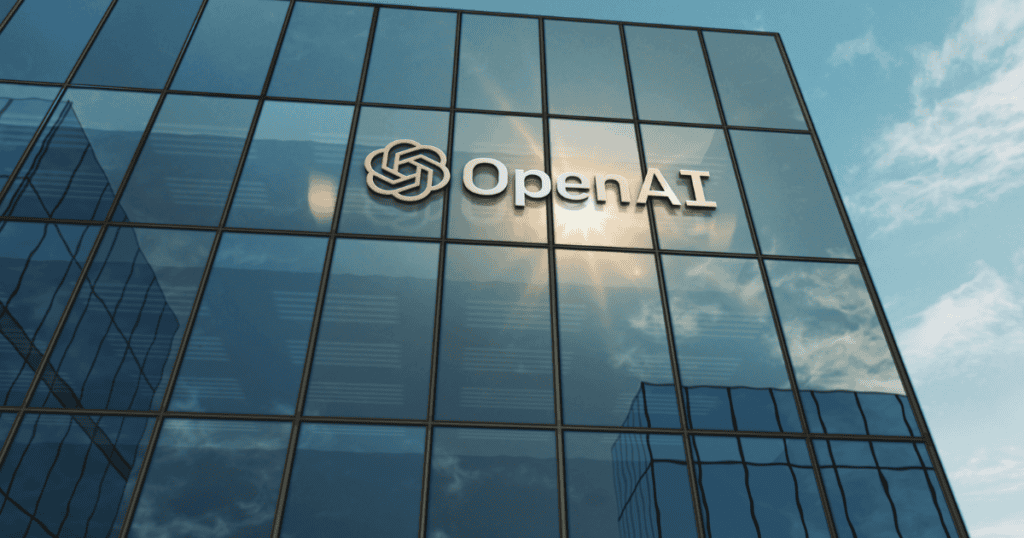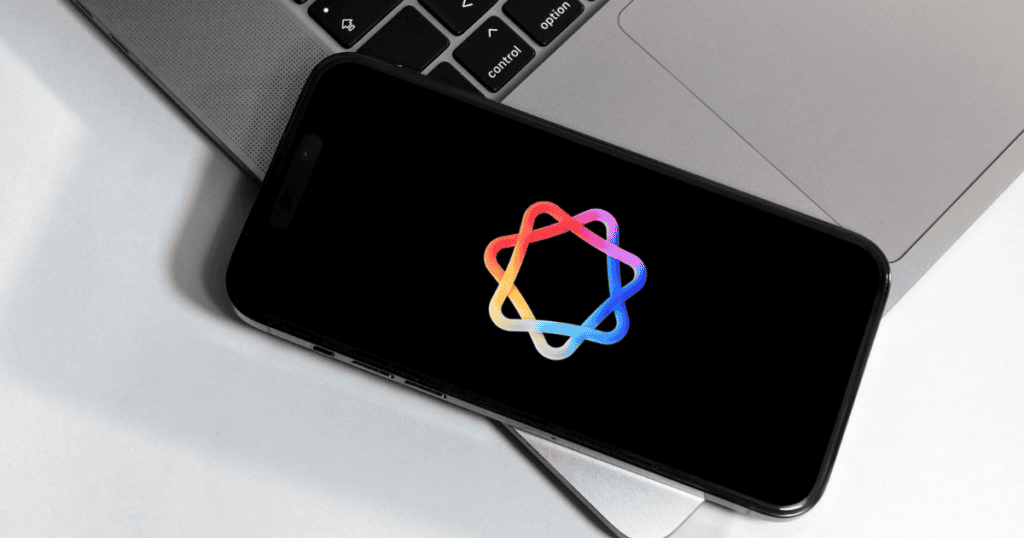Apple has just begun its journey in integrating AI into its software ecosystem, but it might already have a valuable case study to consider. Microsoft, one of Apple’s biggest competitors, recently took a major step back from its initial AI pricing strategy. After months of attempting to charge a premium for its Copilot Pro AI feature, Microsoft pivoted, embedding it directly into Microsoft 365 and thereby eliminating the standalone Copilot Pro subscription. This move was a direct response to user feedback, a factor that Apple could find essential as it begins exploring premium AI features for its own platforms.
Microsoft’s Copilot Pro and Its Initial Pricing Misstep
Why Did Microsoft’s Copilot Pro Fail as a Standalone Subscription?
Microsoft launched Copilot Pro as an add-on for Microsoft 365 users, charging $20 per month. This add-on, designed to bring AI capabilities to essential apps like Word, Excel, and PowerPoint, seemed promising. However, the standalone cost quickly revealed a major flaw: many users weren’t willing to pay such a premium for AI features they could live without. While Copilot Pro was initially marketed as an enhancement to productivity, user adoption failed to meet expectations. Microsoft’s recent change to incorporate Copilot Pro into standard Microsoft 365 subscriptions suggests that consumers still need significant incentives to invest in AI.
The New Microsoft 365 Bundle: What’s Different?
To address the pricing issue, Microsoft has now embedded Copilot Pro within Microsoft 365 Personal and Family subscriptions. Alongside this, Microsoft added its new Microsoft Designer app, all for a modest price increase compared to the original $20 per month. This new bundling approach demonstrates a key pivot in Microsoft’s AI strategy, offering users more value without additional significant costs. This change has only rolled out in a few countries for now, but broader adoption is expected as Microsoft refines its pricing and feature mix.
Lessons for Apple: How Microsoft’s Strategy Could Shape Apple’s Approach to AI
As Apple begins to explore its own AI capabilities, Microsoft’s experiences provide a few clear lessons for pricing and user adoption:
1. Bundle Premium AI Features with Existing Plans
One lesson Apple could take to heart is that standalone pricing for premium AI features might not resonate with most consumers. Microsoft’s transition to bundling AI with other popular apps rather than charging separately indicates that users are more receptive to bundled offerings. For Apple, this could mean incorporating future AI features into Apple One rather than introducing an exclusive AI subscription.
2. Use Gradual Price Adjustments to Ease User Adoption
Another strategy Apple could adopt is Microsoft’s approach to incremental price increases. By making modest adjustments to the cost of Microsoft 365, Microsoft has kept users on board without the shock of a substantial price hike. If Apple plans to add AI-driven features, applying a small price increase to existing bundles might make adoption easier. Price-conscious consumers would likely respond better to a slight adjustment than a high upfront charge for a new AI-specific service.
3. Start with Limited Rollouts for User Feedback
Microsoft tested its new pricing strategy in specific markets before a global rollout. For Apple, introducing AI features in limited regions could allow it to collect valuable user feedback, gauge reactions, and make adjustments before a full release. This step-by-step rollout not only allows for targeted improvements but also prevents a misstep on a larger scale.
Copilot Pro’s Success in Microsoft 365: What It Means for AI Adoption
With Copilot Pro now part of Microsoft 365, more users will have access to AI-powered features across Word, Excel, and other applications. The positive reception so far indicates that users see value in these tools—when they are part of an integrated package. The success of Copilot Pro as a bundled feature might also suggest a broader trend: consumers view AI as beneficial when it complements apps they already rely on, rather than as a standalone expense.
How Apple Intelligence Could Benefit from Microsoft’s Experience
As Apple considers ways to integrate AI into its platforms, bundling with existing services seems like a promising path. For instance:
- Adding AI Tools to Apple One: By embedding new AI functionalities into Apple One, Apple can bring enhanced tools to users across the Apple ecosystem without introducing a new standalone subscription.
- Strategic Partnerships and Feature Enhancements: Apple’s collaboration with trusted AI vendors or the integration of custom AI tools in apps like Pages, Keynote, and Numbers could provide users with valuable tools without a steep additional fee.
- AI in Apple’s Creative Software: Integrating AI features into Final Cut Pro or Logic Pro could add significant value for professional users who may already expect advanced tools as part of these premium applications.
If Apple takes cues from Microsoft’s experience, it can avoid potential user resistance while expanding its service offerings in ways that appeal to its diverse customer base.
The Future of AI Integration: Will Users Pay More?
While AI technology continues to advance, Microsoft’s experience shows that users still have clear price sensitivities. Standalone AI subscriptions may work in specific cases, but broad adoption likely hinges on the seamless integration of these features into familiar software at an affordable price. As Apple refines its approach to AI, integrating new tools without overwhelming users with extra fees could be key to success.
Final Thoughts: A Call to Action for Apple
Microsoft’s experience with Copilot Pro shows that premium AI features require thoughtful pricing and distribution. As Apple considers its own AI strategies, it should pay close attention to user feedback, bundle AI features with existing services, and avoid overpricing its offerings. A seamless, integrated experience could be Apple’s best approach to AI adoption. If Apple can learn from Microsoft’s pricing missteps, it stands a greater chance of positioning its future AI-powered tools as indispensable.




